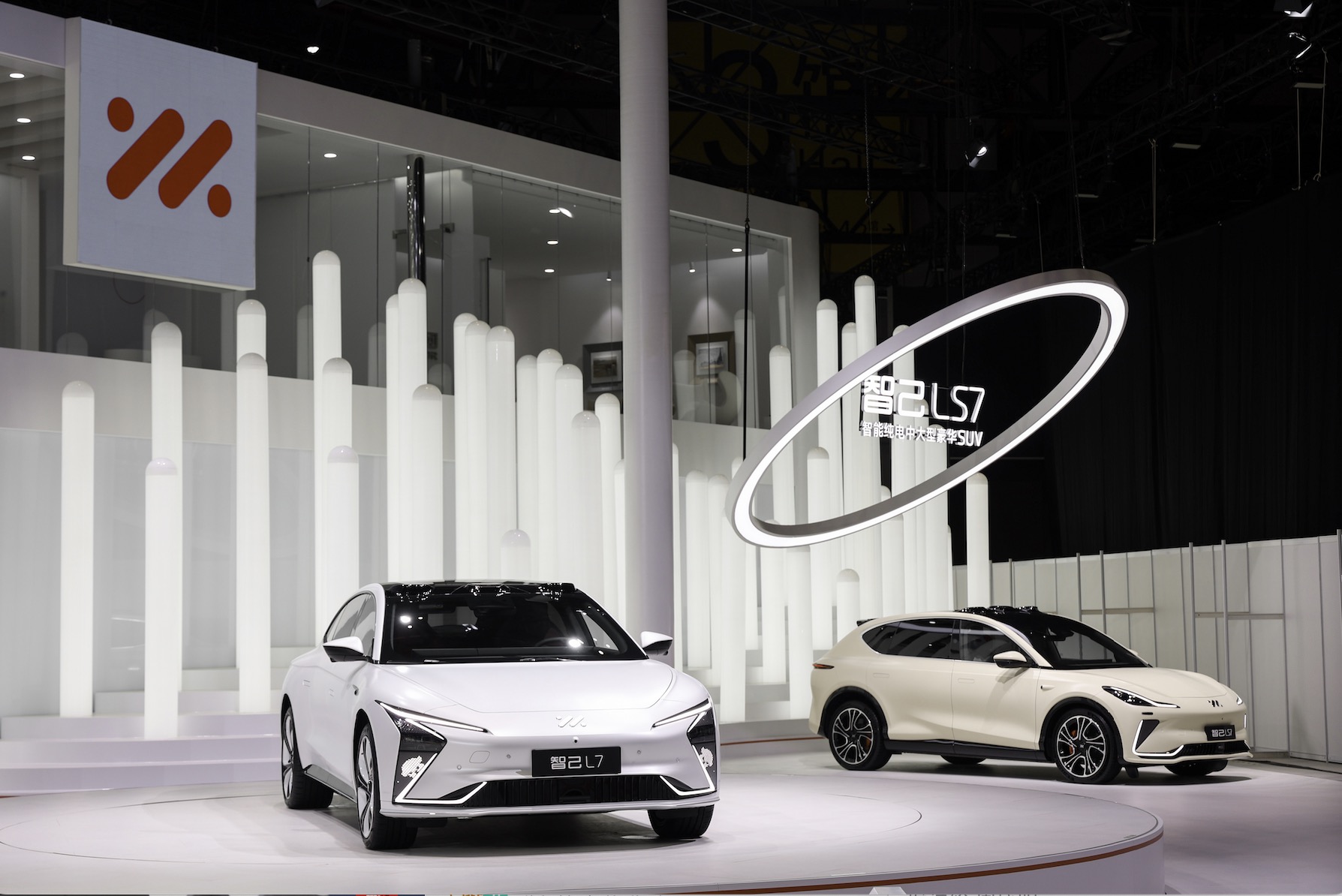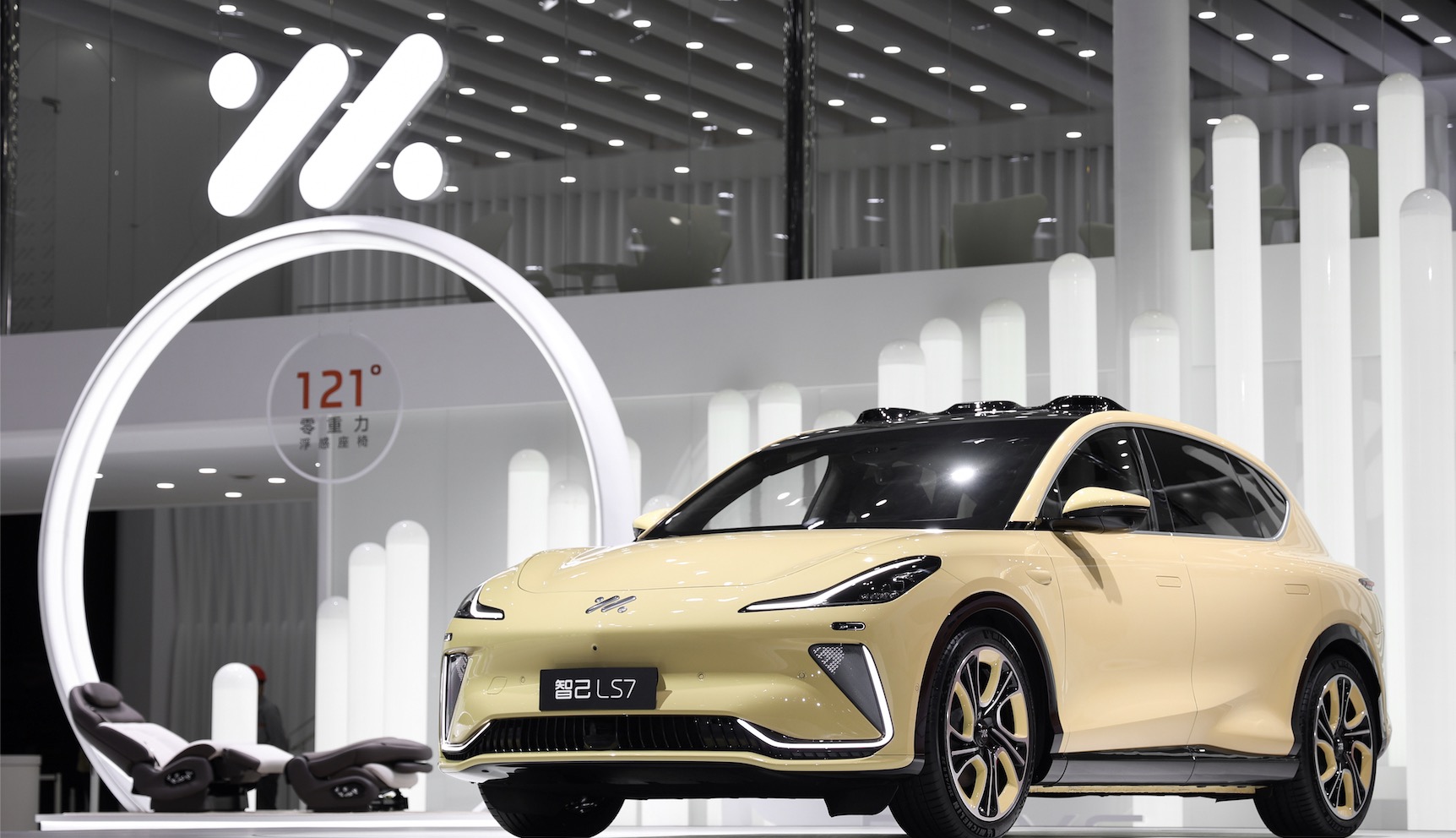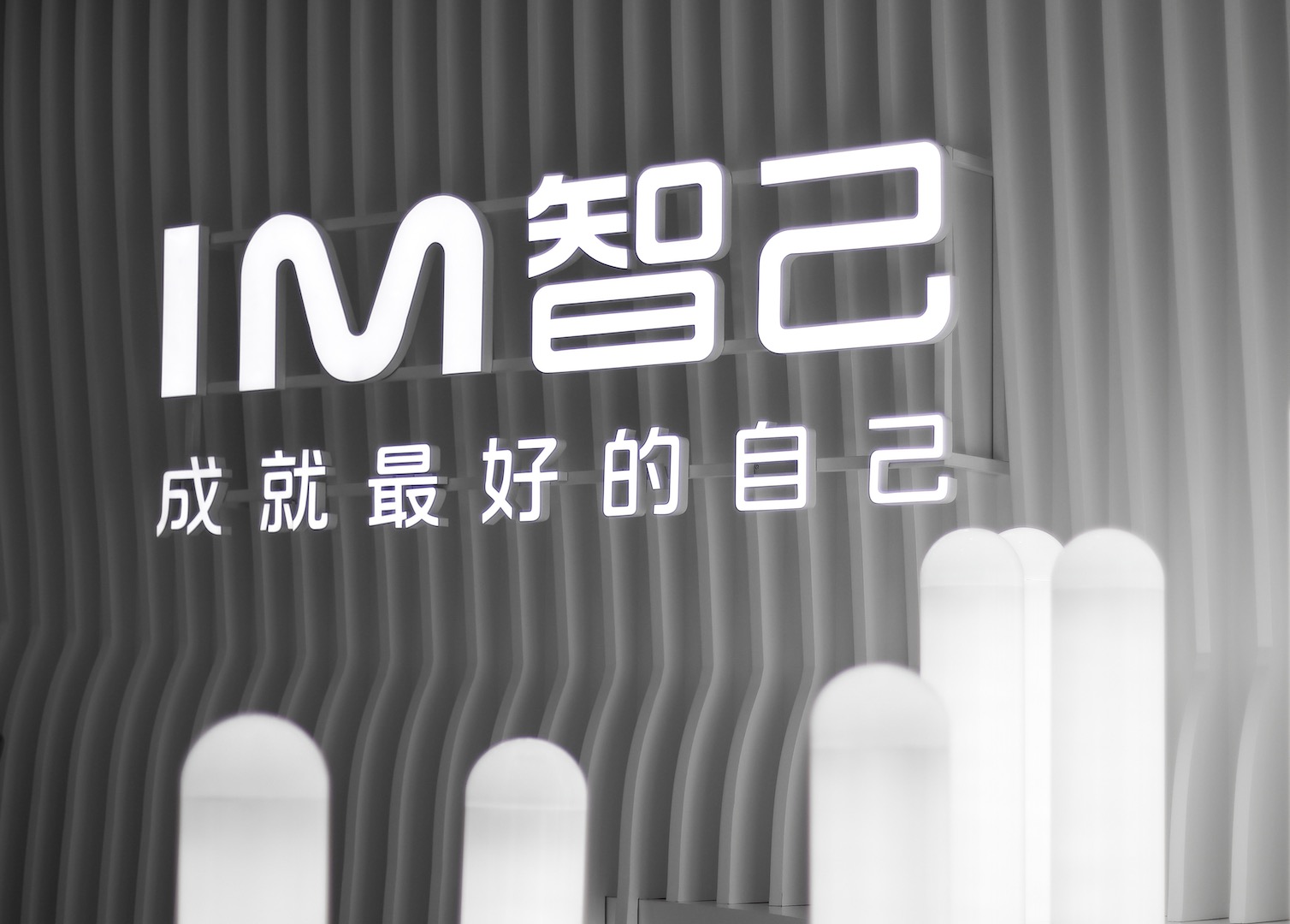Recently at the Shanghai Auto Show, **ZhiJI Automobile officially released the “AI4M Intelligent Strategy,” marking the start of the AI transformative smart mobility (AI for Mobility) strategy. ZhiJI Automobile will focus on three key areas: “software and hardware architecture,” “large-scale intelligent algorithms,” and “intelligent scene experiences.”
At the same time, ZhiJI Automobile launched the “VMC Central Coordination Motion Controller,” “Full Linux Kernel Cabin Driving Fusion System,” “D.L.P Artificial Intelligence Model,” and other large-scale production vehicles; and plans to land intelligent scene experiences through four vehicle models within the next 2-3 years.
AI4M Intelligent Strategy outlines specific intelligent scene design and practice goals. For example, cars powered by AI will gain full-scene perception intelligence, achieving “narrow road return,” “accurate edge parking,” “one-click escape,” and more. The “cabin fusion imaging” feature will help drivers eliminate blind spots of A-pillars and side zones to provide a rearview image, ensuring comprehensive visibility.
ZhiJI Automobile insisted on “core autonomous research and development” relying on SAIC Group and other relevant shareholder technology transfer. The company has taken charge of the development from “software and hardware architecture design” to “intelligent algorithm and software and hardware development,” and has built an intelligent electrical architecture with “whole-vehicle intelligent perception + central brain + regional control.”
For autonomous driving, ZhiJI Automobile joined forces with Momenta to release the industry’s first D.L.P. artificial intelligence model, applying data-driven planning algorithms to mass production projects. For intelligent cockpit, ZhiJI Automobile partnered with Banma AI to introduce open-source Linux. In terms of vehicle control, ZhiJI Automobile built an intelligent vehicle-specific “VMC Central Coordination Motion Controller.”
ZhiJI Automobile has been persisting in “core independent R&D” through efforts from SAIC Forward-looking Engineering Team researching in the autonomous driving field since 2014, founding the SAIC Artificial Intelligence Laboratory in 2017. In 2020, ZhiJI Automobile’s L project team established a deep strategic partnership with Momenta in the autonomous driving field. In 2021, ZhiJI Automobile became the first in the autonomous driving field to use the multitask transformer model with multiple sensors and time-series BEV mechanisms to achieve OneModel mass production. The company continues to deepen strategic cooperation with Alibaba Cloud, Banma AI, Momenta, and others, actively laying out the full chain innovation of the new intelligent electrical architecture from the innovative source ability.The AI4M strategy will be applied to automotive products within the next 2 to 3 years. This includes the cross-border SUV that is set to be launched in the second half of 2023. The fourth model of ZEEKR cars, which is expected to be launched in 2024, will be the first to be equipped with the high-performance Qualcomm 8295 chip, using the 5nm process and NPU algorithm with a computing power of up to 30 TOPS, and will switch to an intelligent electrical architecture. In addition, ZEEKR will introduce two new models in 2025, which will use a brand-new vector magic architecture and modular magnetic suction open platform.


At the press conference, ZEEKR’s brand spokesperson Tang Wei and co-CEO Liu Tao unveiled five new colors of the ZEEKR LS7 “Inspiration Artist Series” and announced that the OTA full-user push of IMOS 2.0 and IMAD 2.0 systems will be launched successively. The ZEEKR L7 and LS7 models are the first to adopt “full-scenario interactive visual language”, “new intuitive human-machine interaction”, IM GO Fantasy Island, IM PET digital pet and other scene experiences, as well as NOA assistive functions.
This article is a translation by ChatGPT of a Chinese report from 42HOW. If you have any questions about it, please email bd@42how.com.
